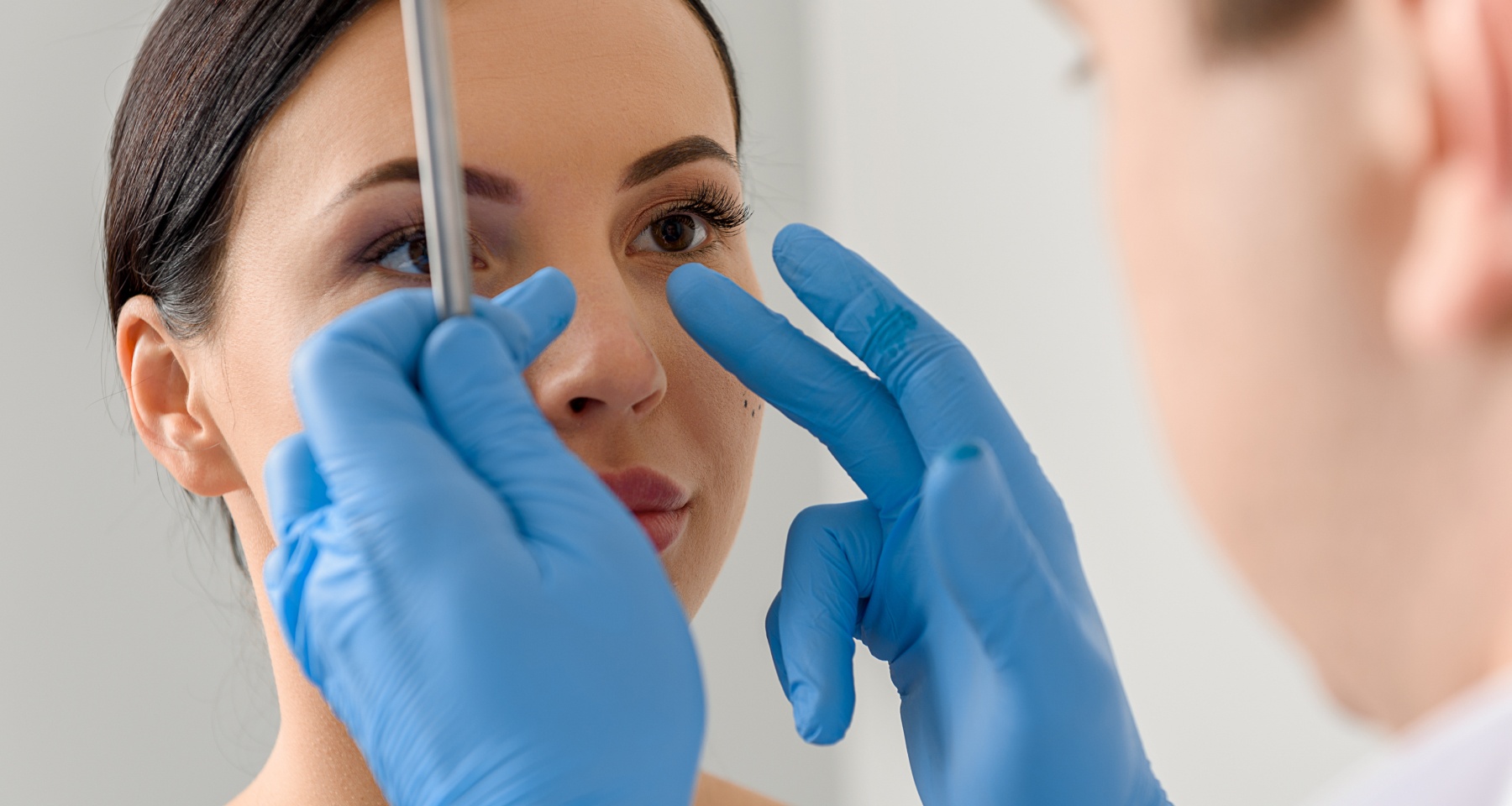Rhinoplasty surgery in riyadh or a nose job, is a highly sought-after cosmetic procedure in Riyadh, with many individuals looking to enhance their facial harmony or correct breathing issues. Here are some common questions prospective patients often have, along with comprehensive answers to help you make informed decisions:
1. What is the average cost of rhinoplasty in Riyadh?
The cost of rhinoplasty in Riyadh typically ranges from SAR 18,000 to SAR 30,000 for surgical procedures. However, this is a broad estimate, and the actual price can vary significantly depending on:
- Complexity of the surgery: A simple tip refinement will cost less than a complex revision rhinoplasty.
- Surgeon's fees: Highly experienced and renowned surgeons usually charge more.
- Anesthesia fees: General anesthesia is more expensive than local anesthesia with sedation.
- Clinic facility fees: State-of-the-art clinics may have higher overheads.
- Pre- and post-operative care: Some packages include consultations and follow-ups, while others charge separately.
For non-surgical rhinoplasty (liquid rhinoplasty), which uses dermal fillers, the cost is much lower, generally ranging from SAR 999 to SAR 5,509.
2. How long is the recovery period for rhinoplasty?
Rhinoplasty recovery is a gradual process:
- Initial Swelling and Bruising (First 1-2 weeks): Significant swelling and bruising around the eyes and nose are most apparent in the first few days. A splint (internal or external) is typically worn for about a week. Most visible bruising resolves within 10-14 days. You can usually return to light, non-strenuous activities within 5-7 days.
- Major Swelling Reduction (1-3 months): The majority of the noticeable swelling will subside during this period, allowing you to see a clearer outline of your new nose shape. However, some subtle swelling will still be present, particularly in the nasal tip.
- Full Resolution (6-12 months, or longer): The final results become evident as all residual swelling completely disappears. The tip of the nose is often the last area for swelling to resolve. This can take up to a year or even longer.
3. What is the difference between rhinoplasty and septoplasty? Can they be combined?
- Rhinoplasty: Primarily a cosmetic procedure aimed at reshaping the external appearance of the nose to improve facial harmony. It can address issues like nose size, tip shape, bridge bumps, and nostril width. While cosmetic, it can also indirectly improve breathing if structural issues are corrected.
- Septoplasty: A functional procedure that corrects a deviated septum, which is the wall of cartilage and bone dividing the nostrils. A deviated septum can obstruct airflow and cause breathing difficulties. Septoplasty focuses on straightening the septum to improve breathing, and typically does not change the external shape of the nose.
Yes, they can be combined in a procedure called septorhinoplasty. This is common when a patient has both cosmetic concerns and a deviated septum causing breathing problems. Combining them allows for a single surgery and recovery period.
4. Are there non-surgical rhinoplasty options in Riyadh?
Yes, non-surgical rhinoplasty, also known as liquid rhinoplasty or a nose filler, is widely available in Riyadh.
- Procedure: It involves injecting dermal fillers (most commonly hyaluronic acid) into specific areas of the nose to camouflage bumps, add volume, lift the tip, or refine minor asymmetries.
- Benefits: It's a non-invasive, quick procedure with immediate results and minimal downtime.
- Limitations: The results are temporary (lasting typically 6 to 18 months, depending on the filler and individual) and it cannot reduce the overall size of the nose or correct severe structural deformities. It's best for subtle enhancements.
5. What should I look for when choosing a rhinoplasty surgeon in Riyadh?
Choosing the right surgeon is paramount for a successful outcome. Key factors include:
- Board Certification: Ensure the surgeon is board-certified in plastic surgery by a recognized authority like the Saudi Commission for Health Specialties (SCFHS).
- Experience: Look for a surgeon with extensive experience specifically in rhinoplasty. Inquire about the number of nose surgeries they perform annually.
- Specialization: Some plastic surgeons or ENT specialists have a particular focus on facial plastic surgery or rhinoplasty.
- Before-and-After Photos: Review a comprehensive portfolio of their previous work to assess their aesthetic style and the consistency of their results. Look for natural-looking outcomes.
- Patient Reviews: Read testimonials and online reviews to gauge patient satisfaction, communication style, and overall experience.
- Consultation: A thorough consultation where the surgeon listens to your goals, explains the procedure, discusses risks, and sets realistic expectations is crucial. Many surgeons use 3D imaging for visual simulation.
6. Is rhinoplasty painful?
During the surgery, you will be under anesthesia (local with sedation or general), so you won't feel any pain. After the surgery, it's common to experience:
- Discomfort and Pressure: More than sharp pain, patients often describe a feeling of pressure or stuffiness due to internal swelling and splints.
- Mild to Moderate Pain: Any pain is usually manageable with prescribed pain medication.
- Tenderness: The nose may feel tender to the touch for several weeks or even months.
The discomfort usually subsides significantly within the first few days to a week.
7. When can I see the final results of my rhinoplasty?
While immediate changes are visible after splint removal, the final results of rhinoplasty can take a considerable amount of time to fully manifest.
- Initial changes (2-4 weeks): The major swelling and bruising will have significantly reduced, and you'll start to see a more defined shape.
- Significant improvement (3-6 months): Most of the swelling (around 80-90%) will have resolved, giving you a very good indication of the final outcome.
- Final results (12-18 months, or even longer for the tip): The tip of the nose typically takes the longest for swelling to dissipate, and the skin to fully contract to the new underlying structure. This is when the true, refined contours are revealed. Patience is key!

